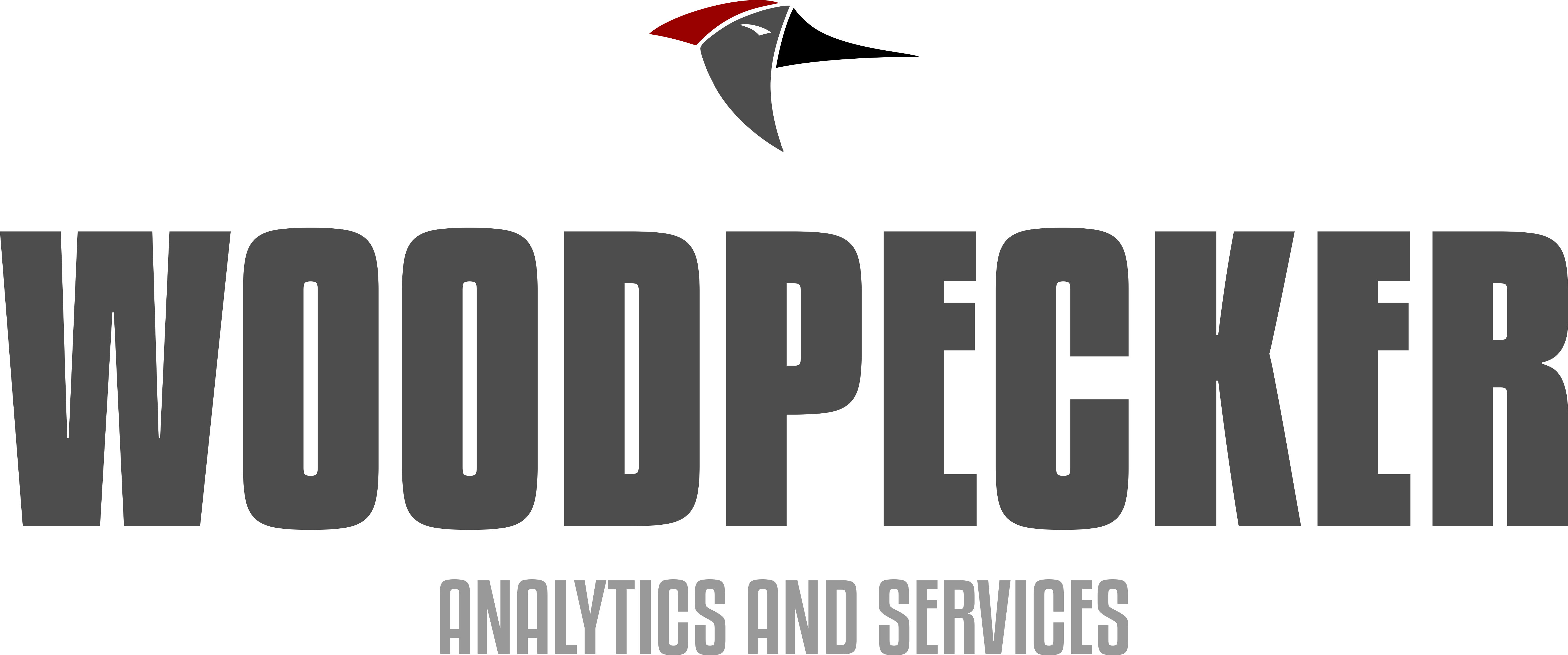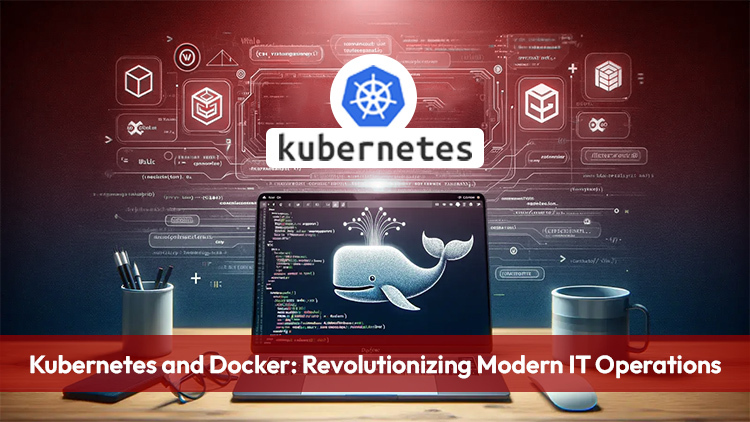Kubernetes and Docker: Revolutionizing Modern IT Operations.
The rise of containerization has fundamentally reshaped how applications are developed, deployed, and managed. At the forefront of this revolution are Docker, the containerization platform, and Kubernetes, the orchestration system. Together, these technologies empower organizations to deliver scalable, reliable, and cost-effective IT operations. This blog explores how Kubernetes and Docker complement each other and compares their strengths, with insights from leading tech resources.
Understanding Docker: The Foundation of Containerization
Docker revolutionized software development by introducing a lightweight and portable containerization platform. By bundling applications with their dependencies, Docker ensures consistency across development, testing, and production environments. It is particularly well-suited for:
- Dependency Management:
Eliminate compatibility issues by packaging software with all required dependencies. - Fast Deployment:
Deploy applications rapidly, reducing time-to-market. - Efficient Resource Utilization:
Optimize hardware usage by running isolated containers on the same host.
Kubernetes: The Orchestration Mastermind
Kubernetes builds on Docker’s containerization capabilities by automating the deployment, scaling, and management of containerized applications across clusters. Its key features include:
- Automated Scaling:
Adjust the number of containers dynamically based on workload demands. - Load Balancing and High Availability:
Ensure optimal performance and reliability by distributing traffic and handling node failures seamlessly. - Declarative Configuration:
Allow developers to specify the desired state of applications, which Kubernetes maintains autonomously.
Self-Healing:
If a container fails, Kubernetes restarts or replaces it automatically. - Multi-Cloud Flexibility:
Kubernetes enables seamless operation across public clouds, private data centers, or hybrid setups
Why Combine Docker and Kubernetes?
While Docker is exceptional for building and running containers, Kubernetes excels in managing them in production environments. Together, they empower IT teams to:
- Streamline CI/CD Pipelines:
Automate application updates, rollbacks, and deployments, enabling rapid iterations. - Enhance Reliability:
Kubernetes provides self-healing capabilities, ensuring minimal downtime. - Optimize Costs:
Both technologies enable better resource utilization, reducing infrastructure overhead.
Applications of Kubernetes and Docker
Organizations leverage Docker and Kubernetes for a variety of scenarios:
- Microservices Architectures:
Efficiently manage and scale microservices with Kubernetes’ orchestration features. - Hybrid and Multi-Cloud Deployments:
Kubernetes’ flexibility allows workloads to span on-premises and cloud environments. - DevOps Collaboration:
Both technologies support DevOps practices, fostering collaboration between development and operations teams.
Challenges to Consider
Adopting Kubernetes and Docker comes with its own set of challenges, such as a steep learning curve, resource intensiveness, and complexities in managing persistent storage and security. Overcoming these hurdles requires thorough planning and leveraging best practices like using lightweight Docker images and employing robust monitoring tools.
Conclusion
Kubernetes and Docker are indispensable tools for modern IT operations, revolutionizing how businesses handle application development and deployment. By adopting these technologies, organizations can achieve unmatched agility, scalability, operational efficiency, reliability and ensure they remain competitive in an increasingly digital world.
For more insights on containerization and orchestration, visit Woodpecker. Our expertise in Kubernetes, Docker and SAS Workbench can help you streamline your IT operations and achieve unparalleled efficiency.


